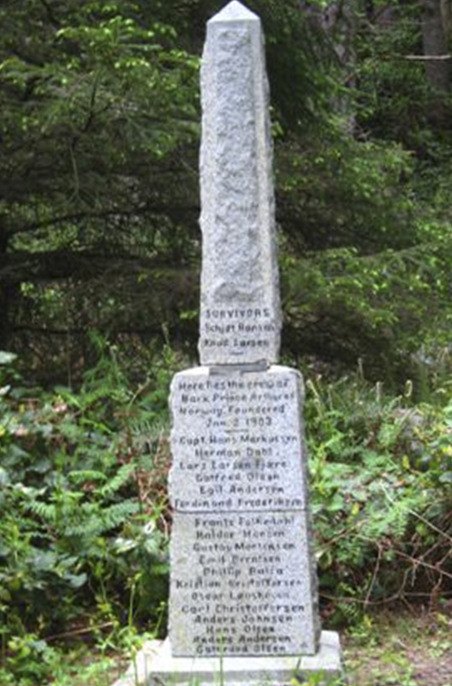My Norwegian grandfather was a seafarin’ man, he served as First Mate on a sailing ship called the St. Paul, also called the “Hell Ship” for reasons I have yet to uncover. He sailed out of Ballard for the Bering Sea many times, the last time was in 1910. For me the seafarin’ gene never kicked in.


